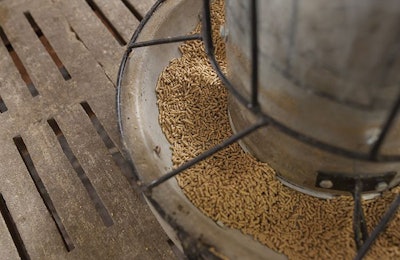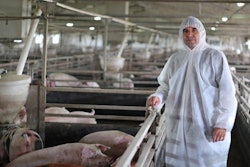
The European Feed Manufacturers' Federation (FEFAC) has issued guidelines to the animal feed manufacturing industry on the development of a biosecurity plan.
“Minimizing the risk of incidental dissemination of pathogens is everybody’s business: farmers, agro-supply industry, grain collectors and farm visitors,” FEFAC said.
FEFAC recommends that a biosecurity plan is established by each individual compound feed manufacturer.
Meant for players in the European animal feed manufacturing sector where there is no detailed professional or legal guidance for the drafting and implementation of biosecurity plans at feed mills, the document provides an overview of key principles for drafting a biosecurity plan.
Those principles are:
- Each feed manufacturer should draft a biosecurity plan, implement it and keep it updated. The plan should be based in science and drafted by a team of experts and reviewed, maintained and adapted regularly. It should cover the operations from feed ingredients intake to on-farm delivery, comply with the law, include training and auditing plans, include minimum generic requirements, and consider risk to personnel.
- Legal requirements laid down in the feed hygiene regulation shall be strictly implemented to prevent feed from being a carrier of pathogens. This means ingredients should be purchased from clearly identified sources; risk assessment should identify risk factors for the presence of pathogens; and there should be an operational HACCP plan, an effective monitoring plan and contingency measures in case of detection of a contaminated feed ingredient.
- Measures should be in place to prevent introduction of pathogens in the feed mill other than via feed ingredients. These measures should aim to control pests and keep the premises clean, establish hygiene requirements for staff and visitors, and establish hygiene requirements for delivery trucks and other vehicles.
- Any transport and delivery of feed or farm visits should follow clear rules aimed at controlling the introduction of pathogens in the farm and dissemination of pathogens from farm to farm. This includes restricting visits of barns by company employees; complying with an on-farm biosecurity plan; avoiding trucks or drivers in the clean zone; keeping a log of deliveries; and establishing rules for the use of protective clothing, vehicle cleaning and disinfection, and taking back goods from the farm.

















